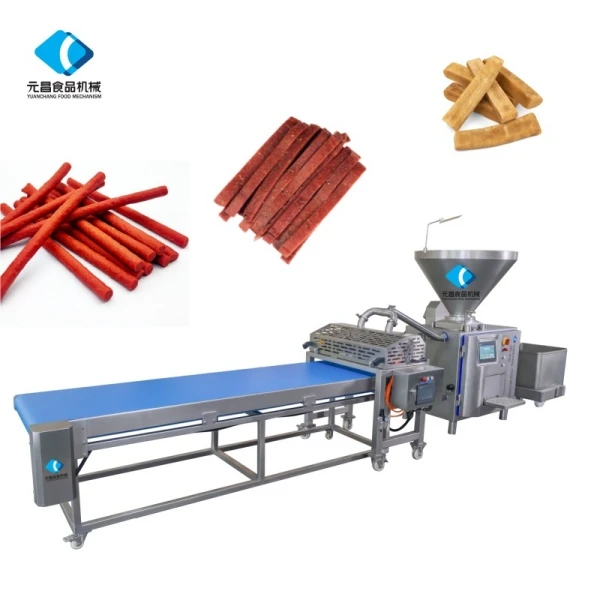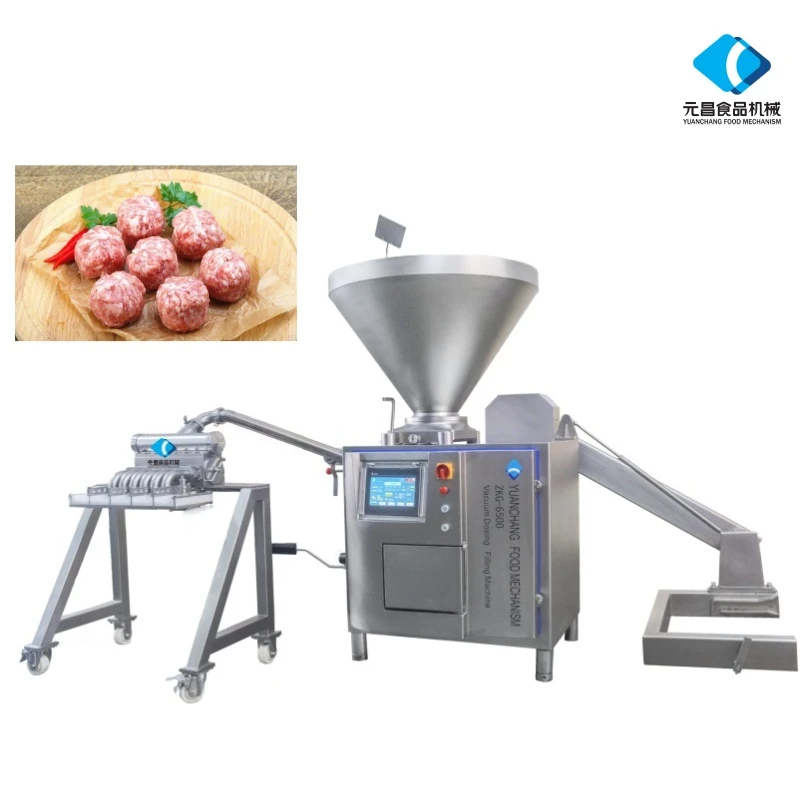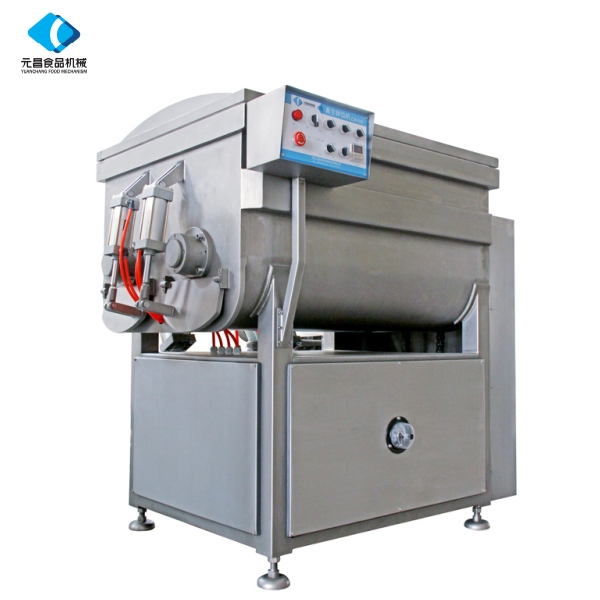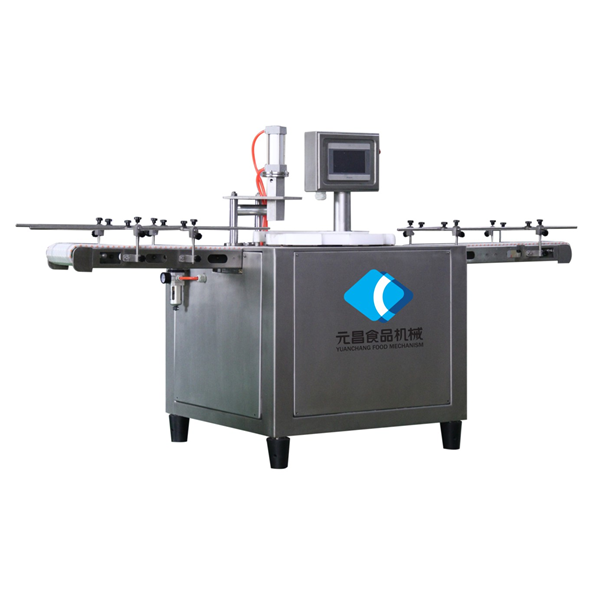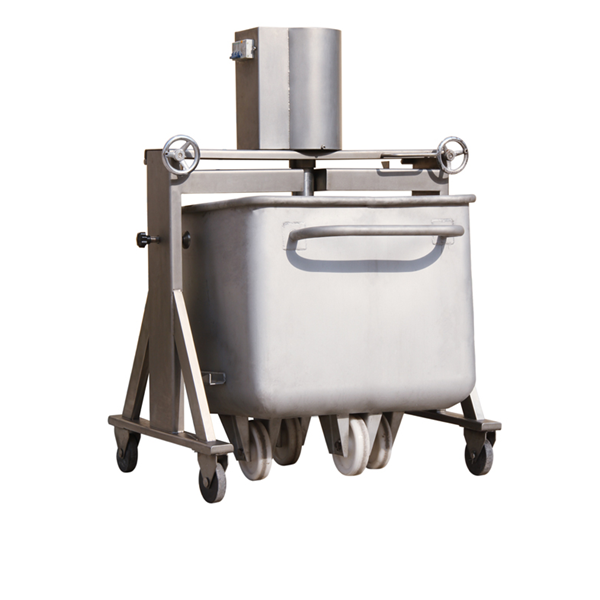- Afrikaans
- Albanian
- Amharic
- Arabic
- Armenian
- Azerbaijani
- Basque
- Belarusian
- Bengali
- Bosnian
- Bulgarian
- Catalan
- Cebuano
- chinese_simplified
- chinese_traditional
- Corsican
- Croatian
- Czech
- Danish
- Dutch
- English
- Esperanto
- Estonian
- Finnish
- French
- Frisian
- Galician
- Georgian
- German
- Greek
- Gujarati
- haitian_creole
- hausa
- hawaiian
- Hebrew
- Hindi
- Miao
- Hungarian
- Icelandic
- igbo
- Indonesian
- irish
- Italian
- Japanese
- Javanese
- Kannada
- kazakh
- Khmer
- Rwandese
- Korean
- Kurdish
- Kyrgyz
- Lao
- Latin
- Latvian
- Lithuanian
- Luxembourgish
- Macedonian
- Malgashi
- Malay
- Malayalam
- Maltese
- Maori
- Marathi
- Mongolian
- Myanmar
- Nepali
- Norwegian
- Norwegian
- Occitan
- Pashto
- Persian
- Polish
- Portuguese
- Punjabi
- Romanian
- Russian
- Samoan
- scottish-gaelic
- Serbian
- Sesotho
- Shona
- Sindhi
- Sinhala
- Slovak
- Slovenian
- Somali
- Spanish
- Sundanese
- Swahili
- Swedish
- Tagalog
- Tajik
- Tamil
- Tatar
- Telugu
- Thai
- Turkish
- Turkmen
- Ukrainian
- Urdu
- Uighur
- Uzbek
- Vietnamese
- Welsh
- Bantu
- Yiddish
- Yoruba
- Zulu
Автоматический компоновщик колбас
The Rise of Automatic Sausage Stuffers Revolutionizing the Meat Industry
In the busy world of food production, efficiency and precision are paramount. One of the most significant advancements in the meat processing industry has been the development of automatic sausage stuffers. These machines have revolutionized the way sausages are made, streamlining the process and enhancing the quality of the final product.
Understanding Automatic Sausage Stuffers
Automatic sausage stuffers are sophisticated machines designed to fill casings with ground meat mixture. They are equipped with advanced technology that allows them to operate at high speeds while maintaining consistent pressure and precision. The typical components of an automatic sausage stuffer include a hopper, a stuffing tube, and a motor that controls the operation.
The process begins with the preparation of the sausage mixture, which can consist of various meats, spices, and fillers. Once the mixture is ready, it is placed into the hopper of the automatic stuffer. The machine then pushes the mixture through the stuffing tube, filling the casing evenly and efficiently.
Advantages of Using Automatic Sausage Stuffers
1. Increased Efficiency One of the primary benefits of automatic sausage stuffers is their ability to produce large quantities of sausages in a shorter amount of time compared to manual stuffing. This efficiency is crucial for commercial production where meeting demand is a priority.
2. Consistency Automated systems reduce human error, ensuring that each sausage is filled to the same level. This consistency in size and weight not only enhances the product's appearance but also ensures that cooking times are uniform, resulting in a better taste experience for consumers.
.
4. Versatility Modern automatic sausage stuffers come with various attachments that allow producers to create different types of sausages, from traditional links to specialty products. This versatility enables producers to expand their product offerings and cater to a broader market.
Автоматический компоновщик колбас

5. Labor Savings By automating the sausage stuffing process, businesses can reduce the labor costs associated with manual stuffing. This not only allows for better allocation of resources but also enables staff to focus on other important aspects of production and quality control.
Challenges and Considerations
While automatic sausage stuffers offer undeniable advantages, there are challenges that producers must consider. The initial investment cost can be significant, and smaller operations may find it challenging to justify this expense. Additionally, like any machinery, automatic stuffers require maintenance and can experience downtime, which can affect production scheduling.
Operators must also be trained to ensure the machine is used efficiently and safely. Understanding the mechanics and troubleshooting potential issues is essential to maximize the benefits of automation.
Future Trends in Sausage Production
As technology continues to advance, the future of sausage production looks promising. Innovations such as IoT connectivity could allow producers to monitor and control the stuffing process remotely, improving efficiency even further. Enhanced automation and robotics may also lead to entirely automated production lines for sausages, where human intervention is minimal.
Sustainability is another critical aspect that is gaining traction in food production. The development of automatic sausage stuffers that minimize waste and utilize sustainable sources for casings and ingredients will likely become more prevalent. This aligns with the increasing consumer demand for eco-friendly products.
Conclusion
The automatic sausage stuffer represents a significant leap forward in the meat processing industry. By enhancing efficiency, ensuring consistency, and improving hygiene, these machines have enabled producers to meet the growing demand for high-quality sausages. While challenges remain, the ongoing innovations and trends in this field indicate a bright future for automatic sausage stuffers, ultimately benefiting both producers and consumers alike.
-
Glass Container with Plastic Vented Lid - Hebei Yuanchang | Heat-Resistant, Customizable Food StorageNewsAug.18,2025
-
Glass Container with Plastic Vented Lid|Heat Resistant&CustomizableNewsAug.18,2025
-
Mechanical Clipper: Efficient Double Clipping & TrimmingNewsAug.18,2025
-
Glass Container with Plastic Vented Lid-Hebei Yuanchang Food Mechanism & Technology Co., Ltd.|Heat-Resistant&Leak-ProofNewsAug.18,2025
-
glass produce storage containers-Hebei Yuanchang Food Mechanism & Technology Co., Ltd.|Heat-resistant,AirtightNewsAug.17,2025
-
Glass Container with Plastic Vented Lid-Hebei Yuanchang Food Mechanism & Technology Co., Ltd.|Thermal Resistance,Customizable DesignNewsAug.17,2025





